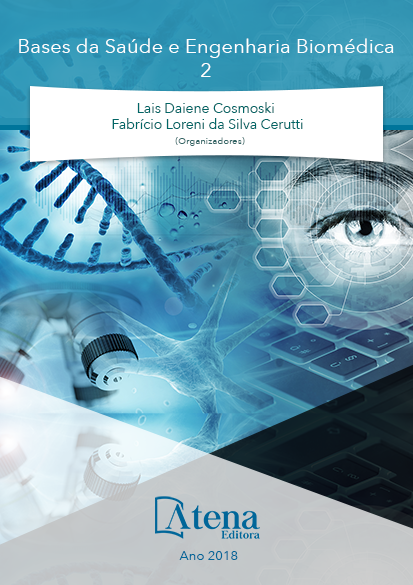
AVALIAÇÃO ESTRUTURAL E FLUIDODINÂMICA DO DIÓXIDO DE SÍLICA (VIDRO LÍQUIDO) EM REVESTIMENTO DE PRÓTESES VASCULARES: ESTUDO EXPERIMENTAL
Atualmente, a tecnologia juntamente
com a bioengenharia tem se preocupado com a
espessura e flexibilidade das próteses de vasos
sanguíneos, no intuito de diminuir o diâmetro
para a introdução em vasos de menor calibre e
percorrer sistemas vasculares mais tortuosos.
Ressalta-se que os vasos sanguíneos sofrem
diferentes níveis de tensão de cisalhamento,
haja vista a diferença de velocidade do fluxo
sanguíneo em cada um deles. Um dos maiores
desafios da ciência dos materiais é a obtenção
de biomateriais poliméricos hemocompatíveis.
Os polímeros, por exemplo, pertencem à
classe mais diversificada dos biomateriais. Em
contrapartida, recentemente o vidro líquido se
tornou a grande novidade da nanotecnologia.
Esse material se baseia em Dióxido de Sílica
(Sio2), que permite revestir, com camadas de
vidro invisíveis e super duráveis em escala
nanométrica, qualquer tipo de superfície,
blindando-a das ações de agentes externos. Na
tentativa de avaliar as propriedades mecânicas
do vidro líquido na bioengenharia, propõe-se
elaborar um modelo físico, empregando-se
stents revestidos com esse material, inseridos
em tubos de poliéster de pequeno calibre, e
analisar o comportamento estrutural e de perda
de pressão desse revestimento, utilizando a
tensão de cisalhamento imposta por fluxo de
fluido teste.
AVALIAÇÃO ESTRUTURAL E FLUIDODINÂMICA DO DIÓXIDO DE SÍLICA (VIDRO LÍQUIDO) EM REVESTIMENTO DE PRÓTESES VASCULARES: ESTUDO EXPERIMENTAL
-
DOI: Atena
-
Palavras-chave: Prótese Vascular, Dióxido de Sílica, Fluidodinâmica, Avaliação Estrutural.
-
Keywords: Vascular Prosthesis, Silica Dioxide, Fluid Dynamics, Structural Evaluation.
-
Abstract:
Most recently, technology and
bioengineering have been focusing on thickness
and flexibility of blood vessel prostheses, seeking
to decrease the diameter in order to introduce
into smaller blood vessels and to flow in more
tortuous vascular systems. It is emphasized that
the blood vessels posses different levels of shear
stress, given the difference of blood flow velocity
in each of them. One of the greatest challenges of
materials science is obtaining hemocompatible
polymeric biomaterials. Polymers, for example,
belong to the most diverse class of biomaterials.
In contrast, liquid glass has recently become the
great novelty of nanotechnology. This material
is based on silica dioxide (Sio2), which allows it
to coat, on a nanometric scale, with invisible and super durable glass layers, any type
of surface, protecting it from the actions of external agents. In an attempt to evaluate
the mechanical properties of liquid glass in bioengineering, it is proposed to develop a
physical model, using stents coated with this material, inserted in small caliber polyester
tubes, and to analyze the structural behavior and pressure loss of this coating material,
using the shear stress imposed by test fluid flow.
-
Número de páginas: 15
- MARIA DA GLÓRIA BRAZ


